Home>Home Appliances>Home Automation Appliances>Why Can’t Alexa Turn On My TV?
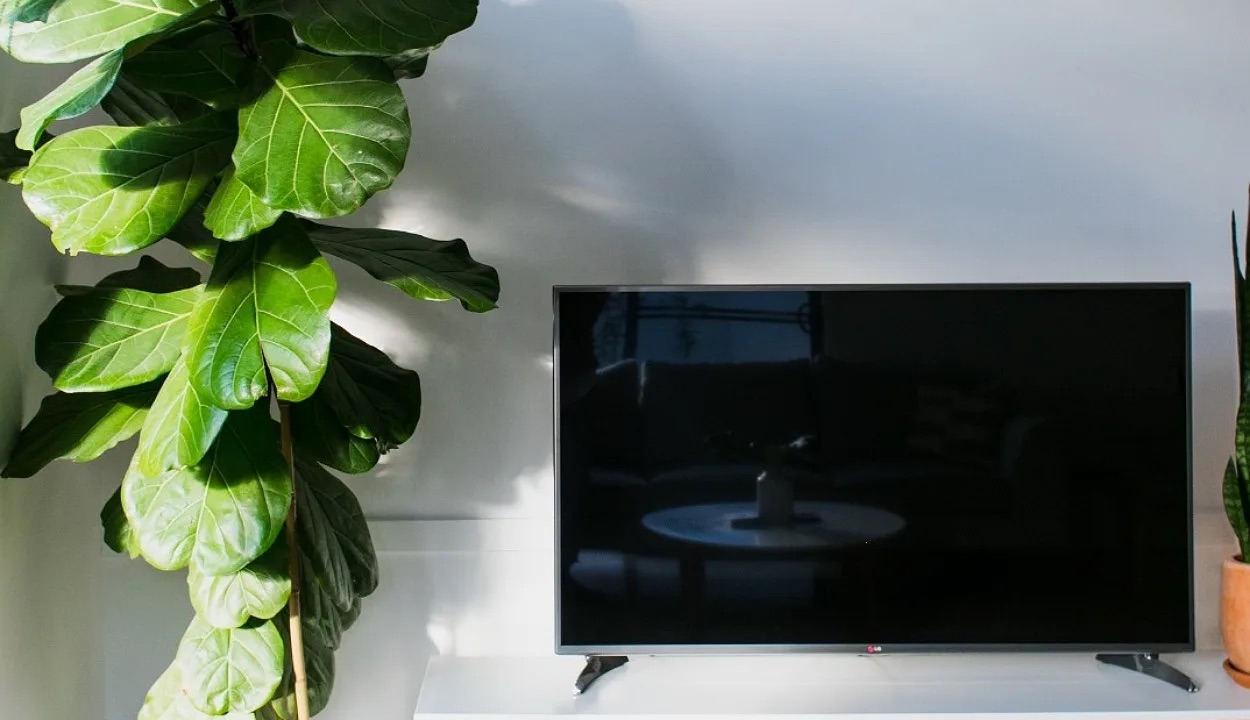

Home Automation Appliances
Why Can’t Alexa Turn On My TV?
Published: December 31, 2023
Discover why Alexa can't turn on your TV and troubleshoot home automation appliances with our expert tips and solutions. Simplify your smart home setup today!
(Many of the links in this article redirect to a specific reviewed product. Your purchase of these products through affiliate links helps to generate commission for Storables.com, at no extra cost. Learn more)
Introduction
In the realm of home automation, the arrival of voice-controlled virtual assistants has revolutionized the way we interact with our living spaces. Among these digital marvels, Amazon's Alexa stands out as a popular choice for managing various smart devices with just the sound of your voice. From adjusting the thermostat to dimming the lights, Alexa has seamlessly integrated itself into our daily routines, offering unparalleled convenience and efficiency.
However, despite its impressive capabilities, many users have encountered a perplexing challenge: the inability to command Alexa to turn on their television sets. This limitation has left numerous individuals scratching their heads, wondering why a device as advanced as Alexa seems to stumble at this seemingly simple task. So, why can't Alexa turn on your TV? Let's delve into the intricacies of this issue and explore the underlying factors contributing to this dilemma.
Key Takeaways:
- Alexa’s limitations in turning on TVs stem from technical complexities and diverse TV brands. Solutions like smart home hubs and IR blasters offer workaround options for users.
- Despite current challenges, future advancements in voice assistant technology and TV integrations may lead to a more seamless control of TVs through platforms like Alexa.
Read more: Why Won’t Alexa Turn My TV On?
Understanding the Limitations of Alexa
While Alexa excels in controlling a wide array of smart home devices, its functionality is not boundless. The technology that enables Alexa to interact with devices is primarily based on specific protocols and compatibility requirements. As a result, there are inherent limitations in terms of the types of devices it can seamlessly integrate with. When it comes to turning on a TV, Alexa relies on a combination of hardware, software, and network connectivity, all of which must align perfectly for the command to be executed successfully.
Moreover, the capabilities of Alexa are continually evolving through software updates and integrations with third-party devices and services. However, the complexity of TV control presents unique challenges that may not be easily overcome. Unlike many smart home appliances that are designed with standardized communication protocols, TVs often have proprietary control systems and diverse functionalities that make them more challenging to integrate with voice assistants like Alexa.
It’s important to recognize that while Alexa is incredibly advanced, it does have its limitations, especially when it comes to interfacing with devices that have complex control mechanisms. Understanding these limitations can help manage expectations and guide users in finding alternative solutions for controlling their TVs through voice commands.
Technical Challenges of TV Control
Controlling a TV through voice commands entails a level of technical complexity that surpasses the straightforward on/off functionality of many other smart home devices. Unlike a smart light bulb or a thermostat, a TV often requires more intricate commands for functions such as changing channels, adjusting volume, or navigating through menus. This complexity presents a significant technical challenge for Alexa, as it must interpret and execute these commands accurately.
Furthermore, the diversity of TV models and brands adds another layer of complexity. Each manufacturer implements its own unique control protocols and interfaces, making it difficult for a universal voice assistant like Alexa to seamlessly communicate with such a wide range of devices. This diversity also extends to the various input sources and modes that modern TVs support, such as HDMI inputs, streaming services, and external devices like gaming consoles and Blu-ray players. Coordinating these different inputs and modes through voice commands requires a high degree of technical sophistication.
Another technical hurdle lies in the wake word detection and command parsing. Alexa must accurately recognize the wake word amidst ambient noise and then parse the subsequent command in a way that accurately reflects the user’s intent. When dealing with TV control, the margin for error is significantly smaller, as a misinterpreted command could lead to undesired consequences, such as changing channels or adjusting settings unintentionally.
These technical challenges highlight the intricacies involved in enabling Alexa to effectively control TVs, underscoring the need for robust solutions that can navigate the complexities of TV interfaces and functionalities.
Make sure your TV is compatible with Alexa. Some older models may not work. Also, check if your TV and Alexa device are connected to the same Wi-Fi network.
Compatibility Issues with TV Brands
One of the primary hurdles in integrating Alexa with TV control lies in the diverse landscape of TV brands and their respective control protocols. Each manufacturer implements its unique set of commands and communication standards, leading to compatibility issues that can hinder the seamless integration of voice commands with TVs. This disparity in protocols creates a fragmented ecosystem where a single voice assistant like Alexa must navigate a multitude of proprietary interfaces to effectively control various TV models.
Moreover, the evolution of TV technology has led to a proliferation of features and functionalities across different brands, further complicating the compatibility landscape. Smart TVs, in particular, boast an array of internet-connected features, media streaming capabilities, and app integrations, each of which presents its own set of control requirements. As a result, the task of ensuring compatibility with the diverse range of smart TV functionalities becomes increasingly intricate for voice assistants like Alexa.
Additionally, legacy TV models that predate the era of smart connectivity may lack the necessary interfaces and communication protocols to seamlessly integrate with voice assistants. This further exacerbates the compatibility challenges, as users with older TV models may find it particularly challenging to leverage Alexa for TV control.
Addressing these compatibility issues requires a concerted effort from both device manufacturers and voice assistant platforms to establish standardized communication protocols and enhance interoperability across different TV brands. Until such standards are widely adopted, users may encounter varying degrees of compatibility issues when attempting to integrate Alexa with their TVs.
Potential Solutions and Workarounds
While the challenges of integrating Alexa with TV control are substantial, there are several potential solutions and workarounds that users can explore to achieve a degree of voice-enabled TV functionality.
- Smart Home Hubs: Utilizing a smart home hub that acts as an intermediary between Alexa and the TV can bridge the compatibility gap. Certain smart home hubs are designed to aggregate and standardize control commands for various devices, including TVs, enabling smoother integration with voice assistants.
- IR Blasters: Infrared (IR) blaster devices can serve as a conduit for Alexa to transmit control signals to the TV, effectively extending its compatibility to a broader range of TV models. By leveraging IR blasters, users can overcome the limitations posed by disparate control protocols and interfaces.
- Manufacturer-Specific Skills: Some TV manufacturers offer Alexa skills that are tailored to their specific TV models, providing enhanced compatibility and control capabilities. By enabling these manufacturer-specific skills, users can unlock a more seamless integration between Alexa and their TVs.
- Custom Skills and Integrations: For tech-savvy users, developing custom Alexa skills or integrating third-party solutions can provide a tailored approach to controlling their TVs through voice commands. This approach may involve leveraging APIs and custom integrations to achieve a more personalized and comprehensive TV control experience.
It’s important to note that while these solutions and workarounds offer avenues for enhancing the compatibility and functionality of Alexa with TVs, they may require varying degrees of technical expertise and investment. Additionally, the efficacy of these approaches can vary based on the specific TV model and the user’s unique setup.
As the landscape of smart home technology continues to evolve, it’s conceivable that future advancements in voice assistant capabilities and TV integrations may alleviate many of the current challenges. By staying informed about the latest developments and solutions in this space, users can remain at the forefront of leveraging voice-controlled TV functionalities in their smart home ecosystems.
Read more: Why Does My Alexa Randomly Turn On
Conclusion
As we navigate the intricacies of integrating voice control with TVs through platforms like Alexa, it becomes evident that the complexities and compatibility challenges are not easily surmounted. The technical nuances of TV control, coupled with the diverse landscape of TV brands and functionalities, present formidable obstacles in achieving seamless integration with voice assistants.
However, it’s essential to recognize that the smart home technology landscape is dynamic and continually evolving. As such, the current limitations and compatibility issues surrounding Alexa’s interaction with TVs may be addressed through future advancements in both voice assistant capabilities and TV manufacturers’ commitment to interoperability.
Ultimately, while the current landscape presents challenges, it also offers opportunities for innovation and creative solutions. Through the use of smart home hubs, IR blasters, manufacturer-specific skills, and custom integrations, users can explore avenues to enhance the compatibility and functionality of Alexa with their TVs, albeit with varying degrees of technical involvement and investment.
As we look to the future, it’s plausible that standardization efforts and advancements in voice assistant technology will pave the way for a more seamless and intuitive integration of TVs with platforms like Alexa. By staying informed about the latest developments and leveraging emerging solutions, users can position themselves to embrace the full potential of voice-controlled TV functionalities within their smart home ecosystems.
In essence, while the question of “Why can’t Alexa turn on my TV?” may currently present intricate challenges, it also sparks a journey of exploration and innovation, where the convergence of smart home technology and voice control continues to chart new frontiers of possibility.
Frequently Asked Questions about Why Can't Alexa Turn On My TV?
Was this page helpful?
At Storables.com, we guarantee accurate and reliable information. Our content, validated by Expert Board Contributors, is crafted following stringent Editorial Policies. We're committed to providing you with well-researched, expert-backed insights for all your informational needs.
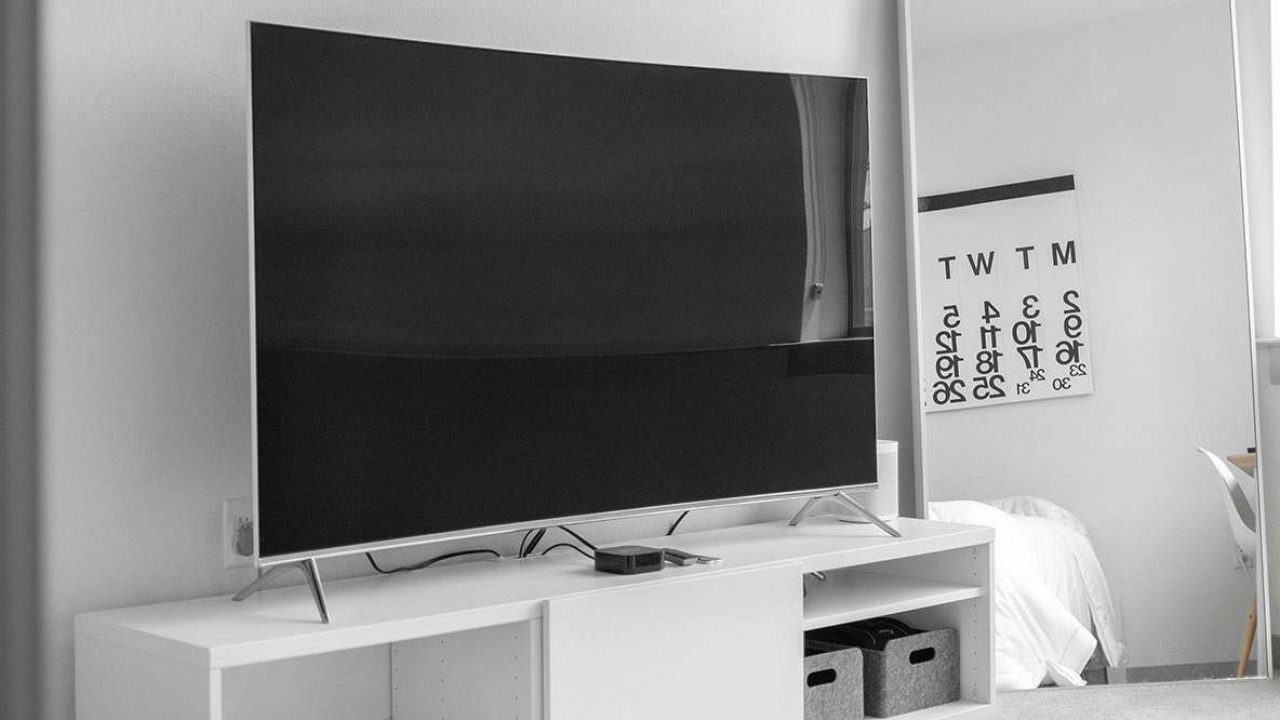
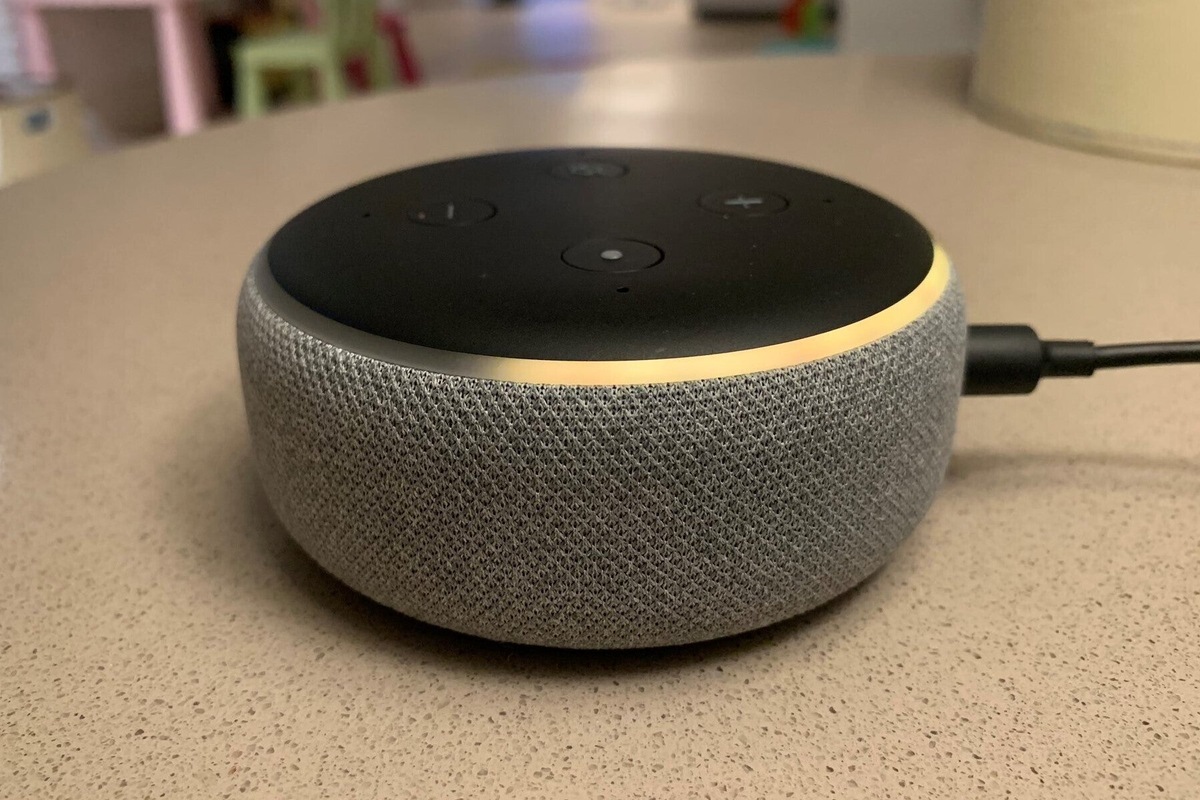
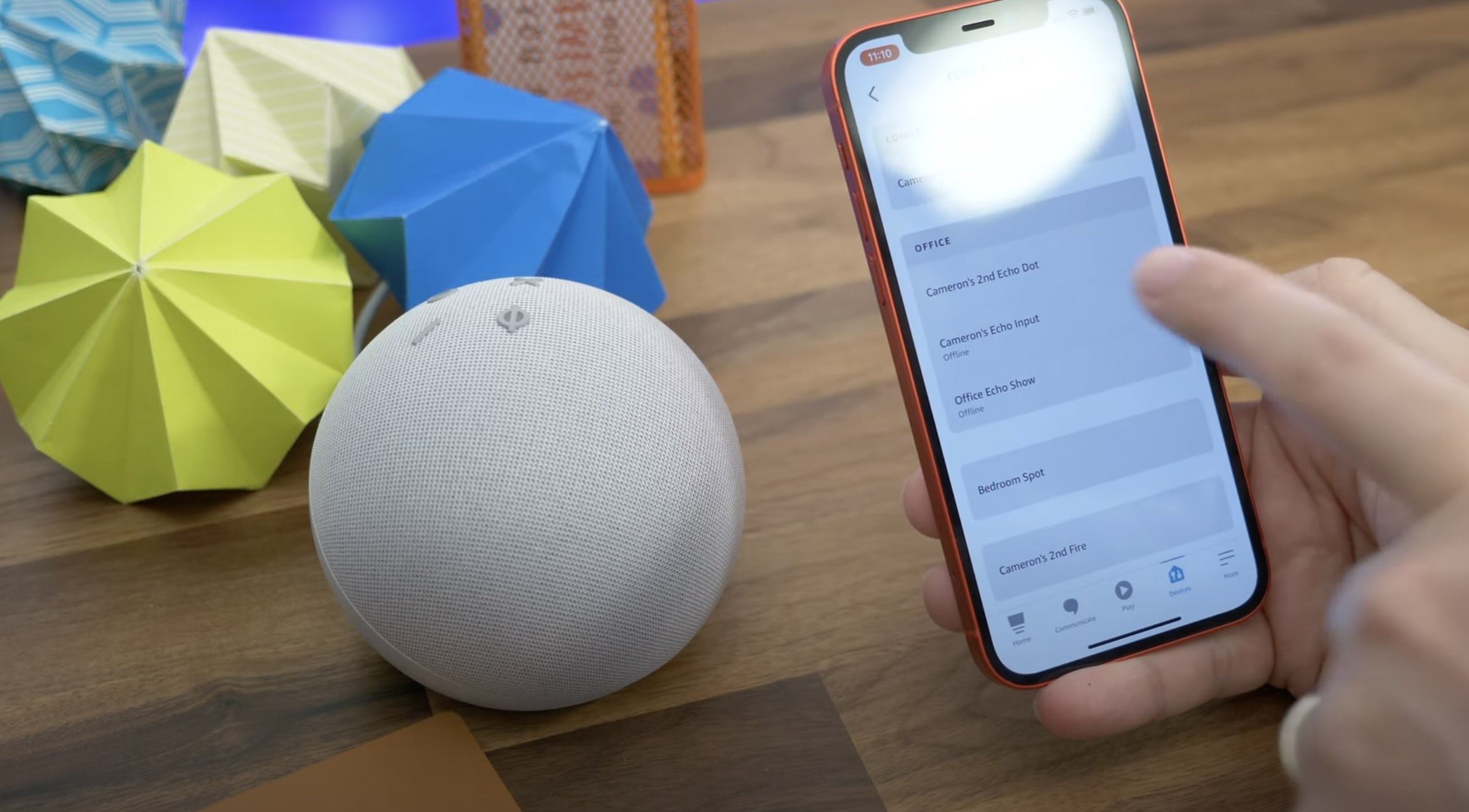
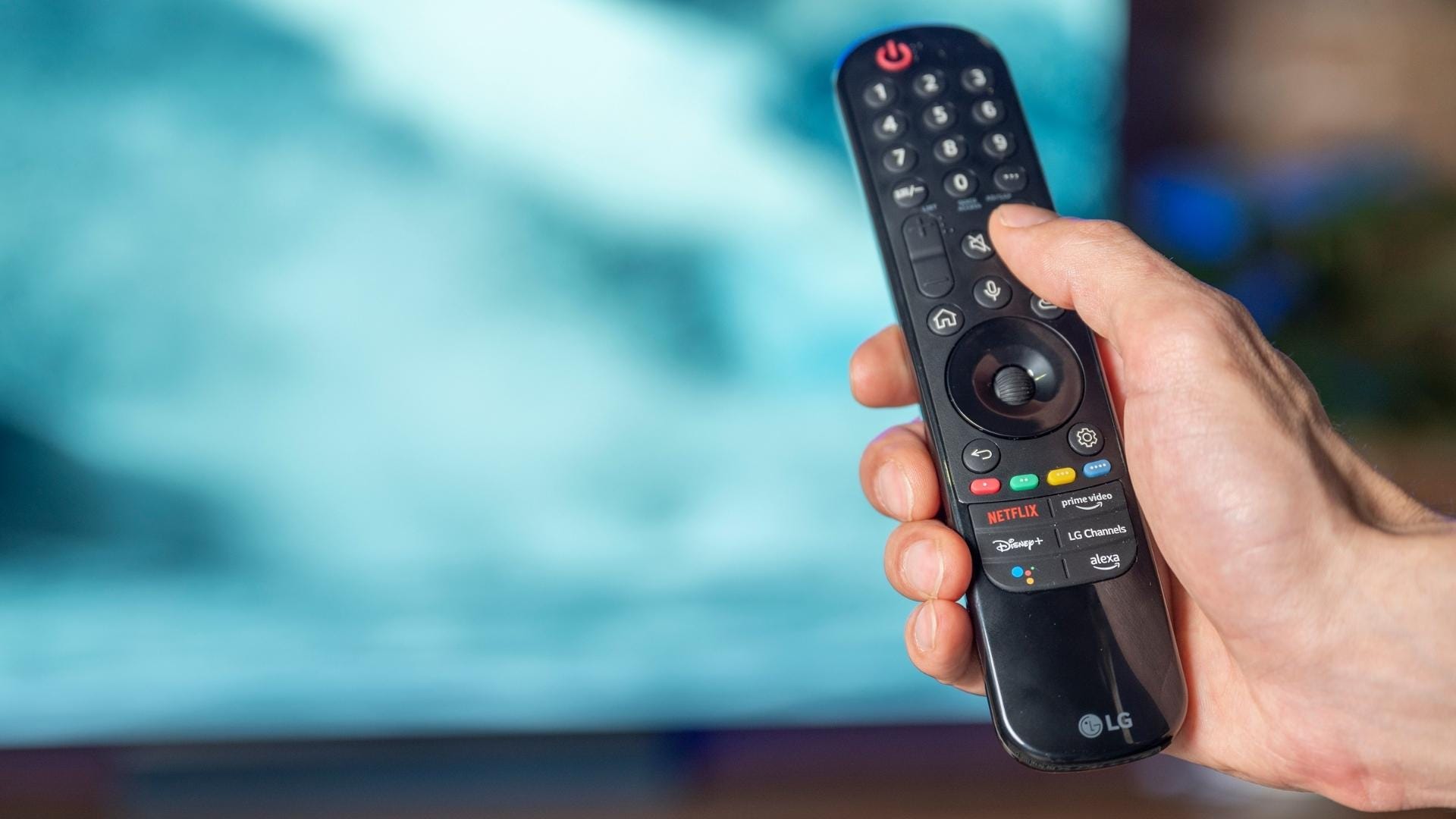
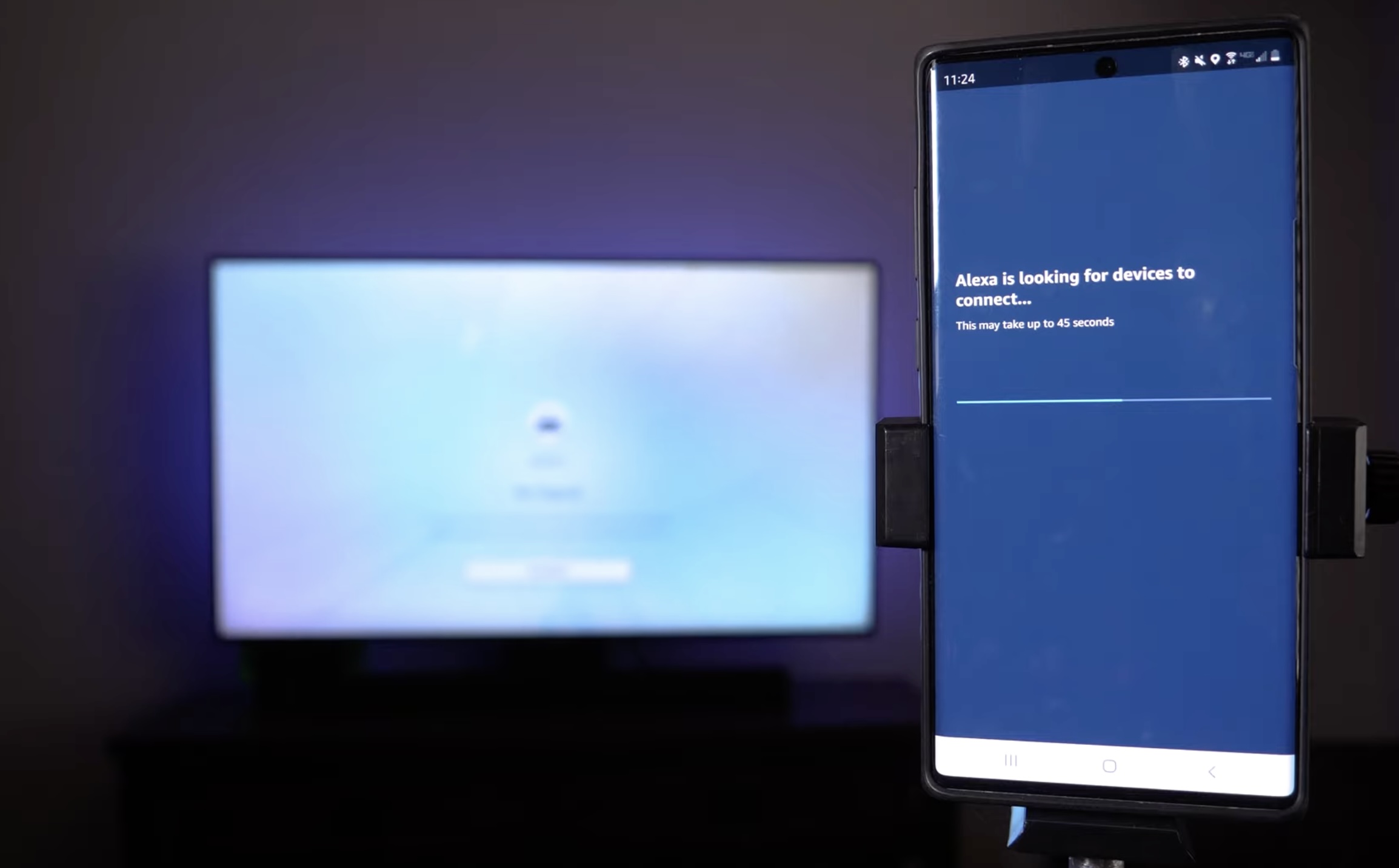
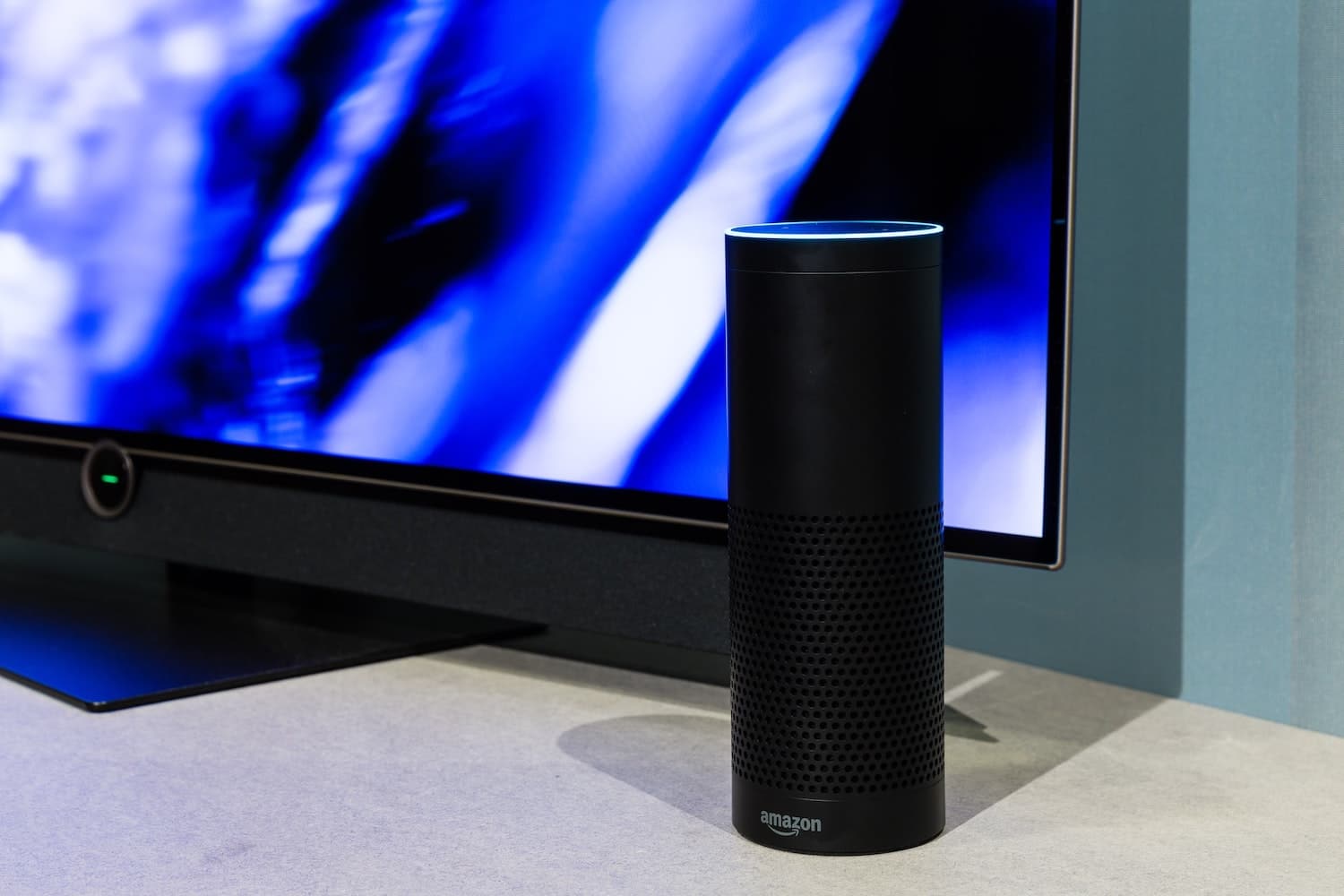
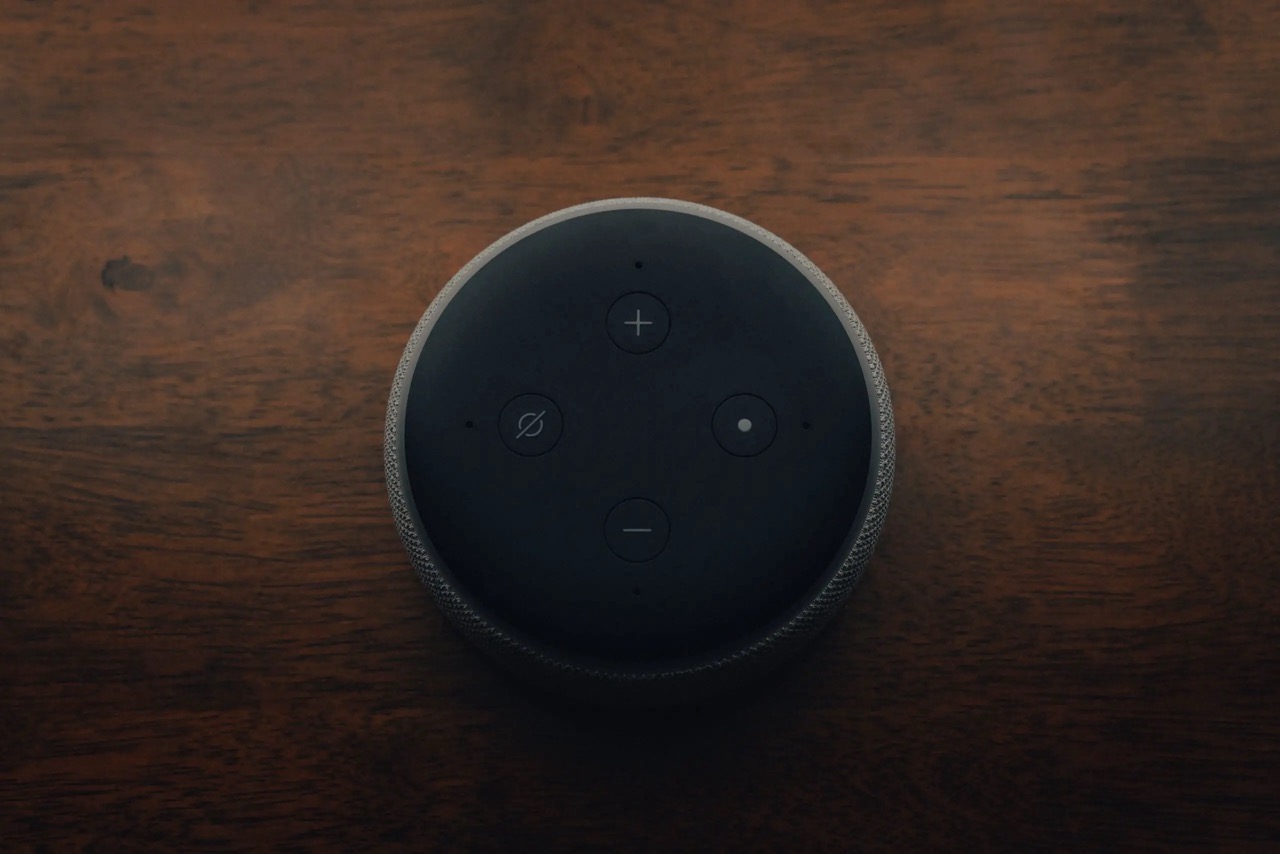
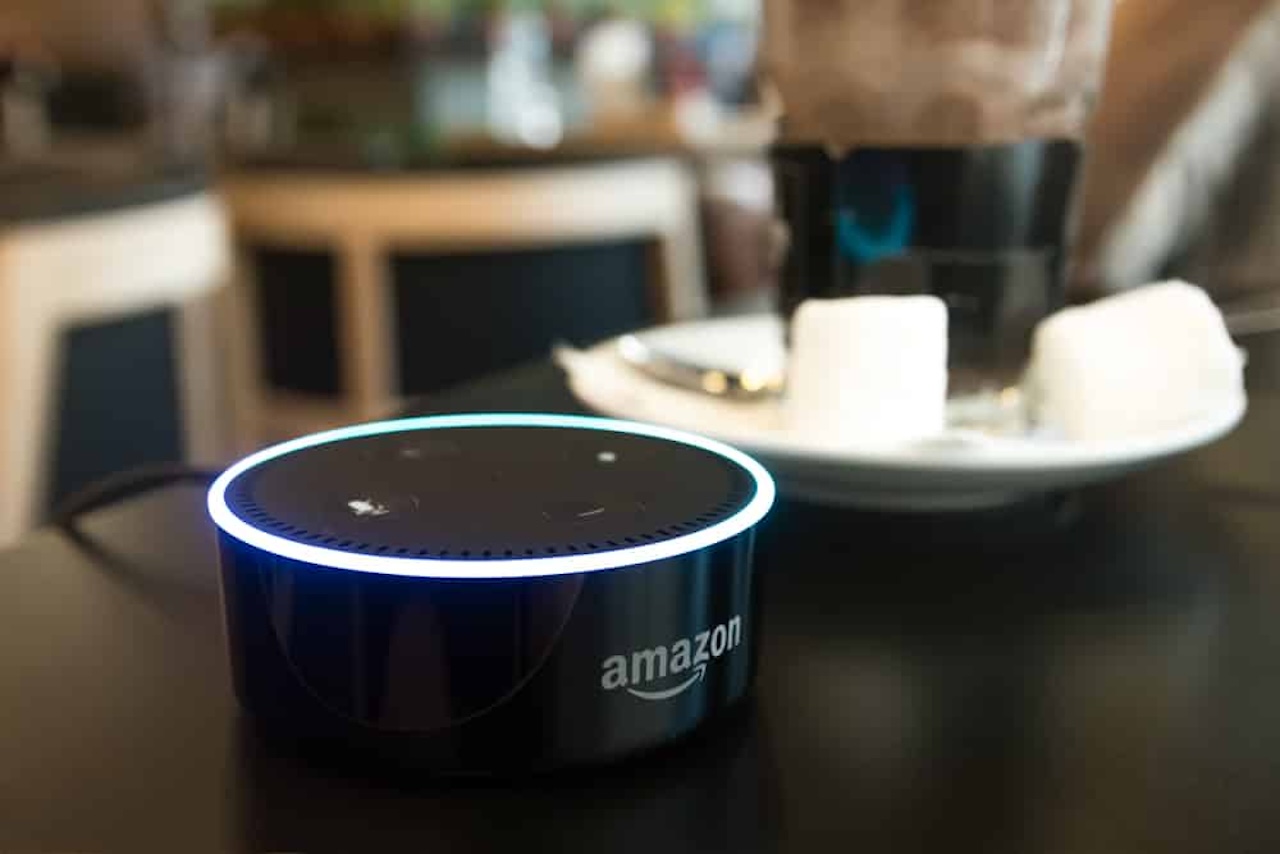

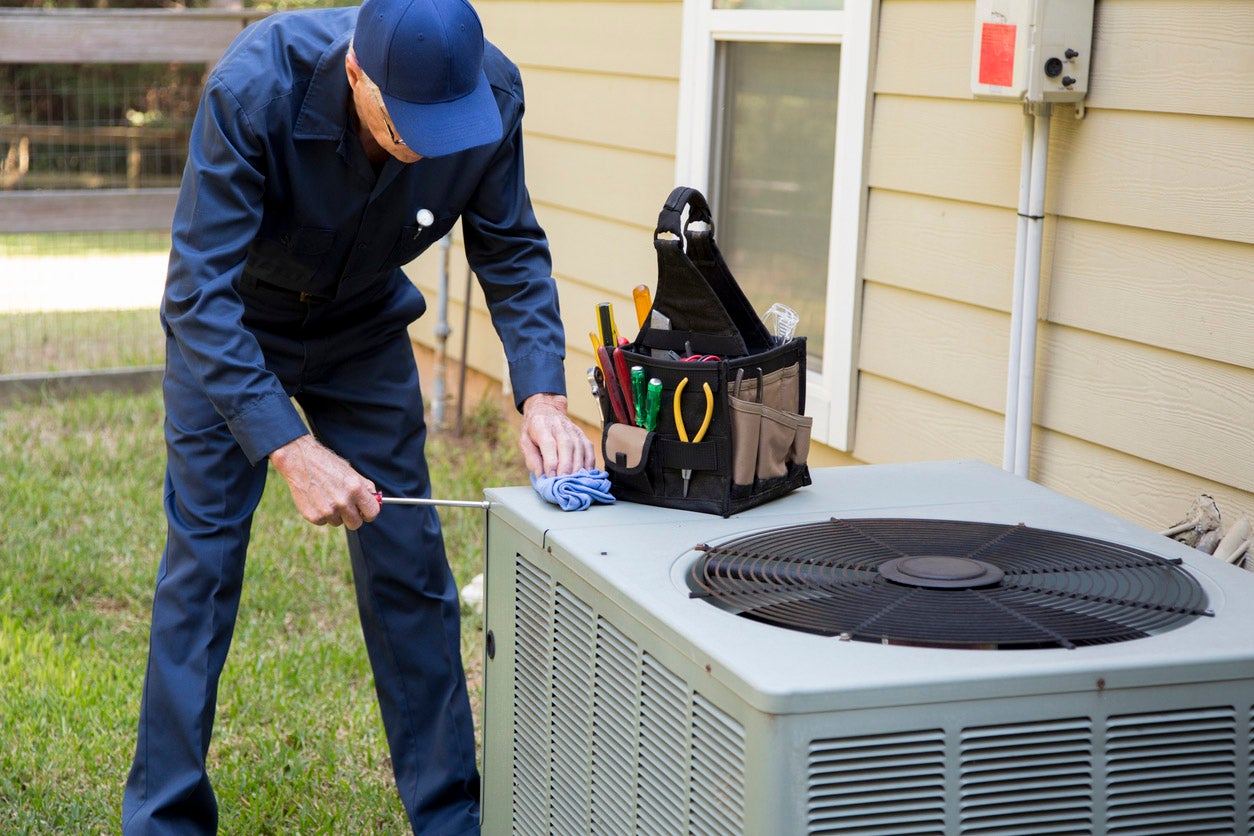
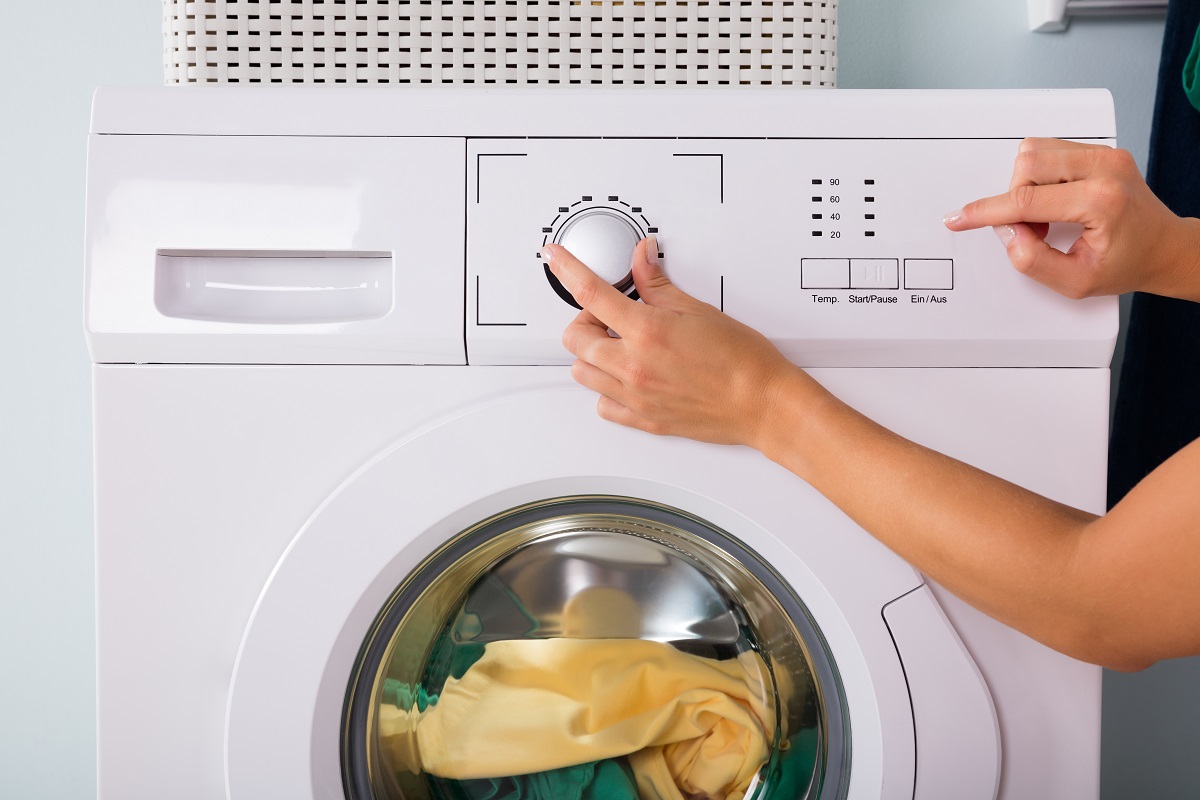

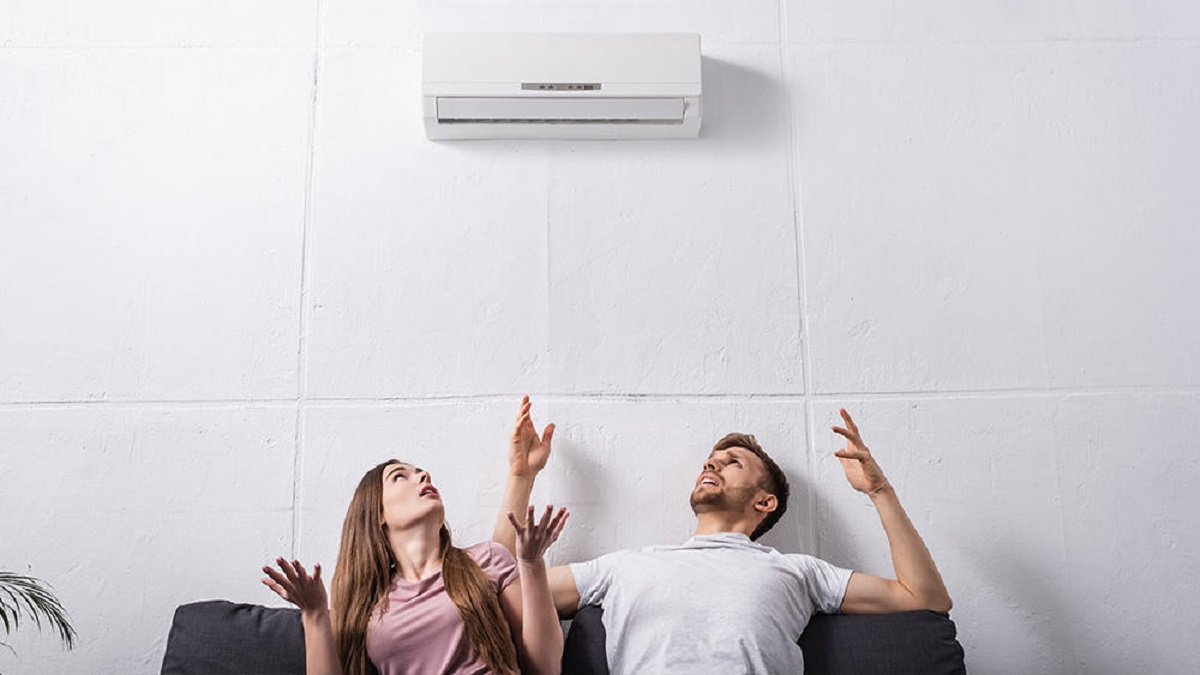


0 thoughts on “Why Can’t Alexa Turn On My TV?”